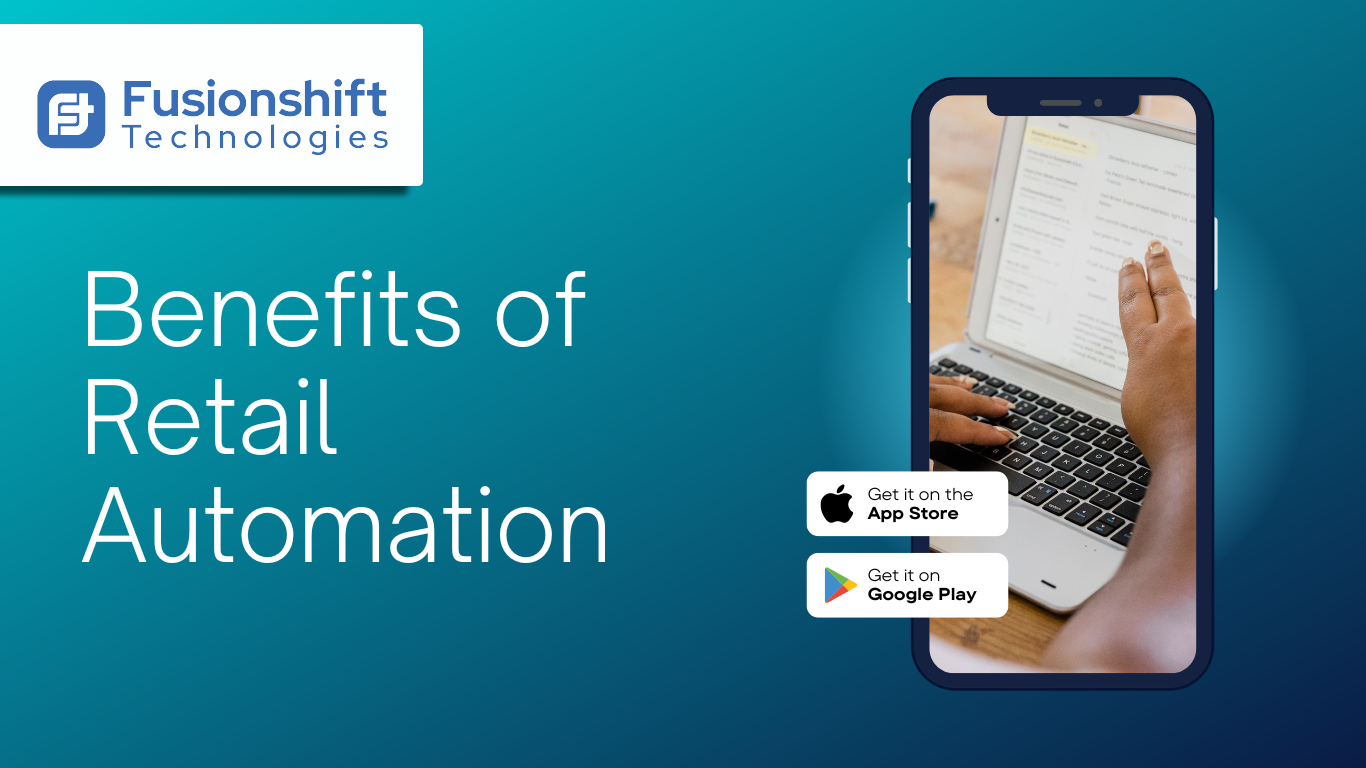Complete Guide to Retail Automation
As consumer behaviors change and technology advances, retailers increasingly use automation to streamline operations, improve efficiency, and deliver exceptional customer experiences. Staying ahead of the curve is crucial to success. In this comprehensive guide, we’ll explore the ins and outs of retail automation, from its benefits and implementation to real-world examples and best practices advised by the experts at FusionShift Technologies.
Understanding Retail Automation
Retail automation involves using technology to automate various aspects of the retail business, from inventory management and order processing to customer service and marketing. By leveraging tools such as artificial intelligence (AI), machine learning, robotics, and data analytics, retailers can optimize processes, reduce costs, and free up time for strategic decision-making.
Benefits
Improved efficiency: Automation eliminates manual tasks, reducing the likelihood of errors and speeding up processes.
Improved accuracy: Automated systems can perform repetitive tasks accurately, minimizing errors and ensuring consistency.
Cost Savings: By reducing labor costs and improving efficiency, retail automation can result in significant cost savings over time.
Better inventory management: Automated inventory systems can track stock levels quickly, minimizing stockouts and overstocks.
Personalized customer experiences: Automation allows retailers to collect and analyze customer data, enabling more targeted marketing campaigns and personalized recommendations.
Scalability: Automated systems can quickly scale to accommodate growth and expansion, ensuring retailers can keep up with growing demand.
Implementation
Assess your needs: Identify areas of your retail operations that could benefit from automation, such as inventory management, order processing, or customer service.
Choose the right tools: Research and select automation tools that align with your business goals and budget. Consider factors such as ease of integration, scalability, and customer support.
Integration and training: Integrate automation tools with your existing systems and provide employee training to ensure smooth adoption.
Monitor and Optimize: Continuously monitor and analyze the performance of your automated systems, making adjustments as necessary to optimize efficiency and effectiveness.
Best Practices for Success
Start small: Start with pilot projects or small-scale implementations to test the waters and demonstrate the value of automation.
Focus on the customer experience: Keep the customer at the center of your automation efforts, ensuring that technology enhances, rather than detracts from, the overall shopping experience.
Embrace change: Be prepared to adapt and evolve as technology advances and consumer preferences change. Stay on top of new automation trends and opportunities.
Continuous improvement: Seek feedback from employees and customers and strive to improve and optimize your automated systems over time.
In conclusion, retail automation offers immense potential for retailers to optimize operations, reduce costs, and deliver exceptional customer experiences. By understanding the benefits, implementing the right tools, and following best practices, retailers can harness the power of automation to thrive in today’s competitive market.








